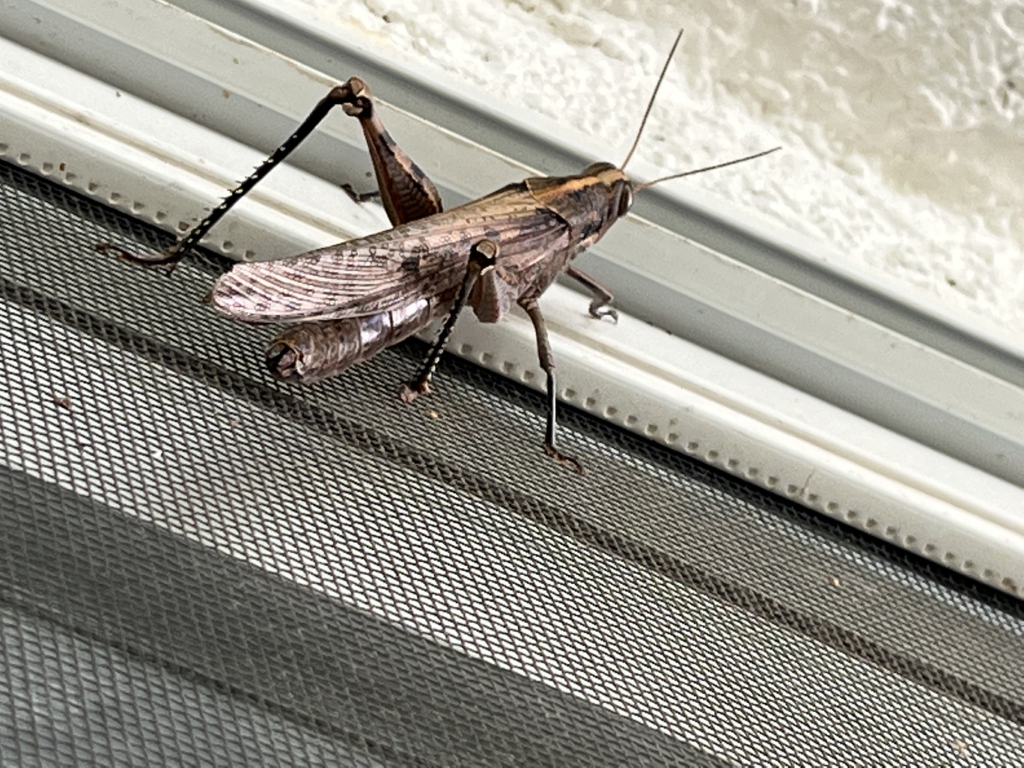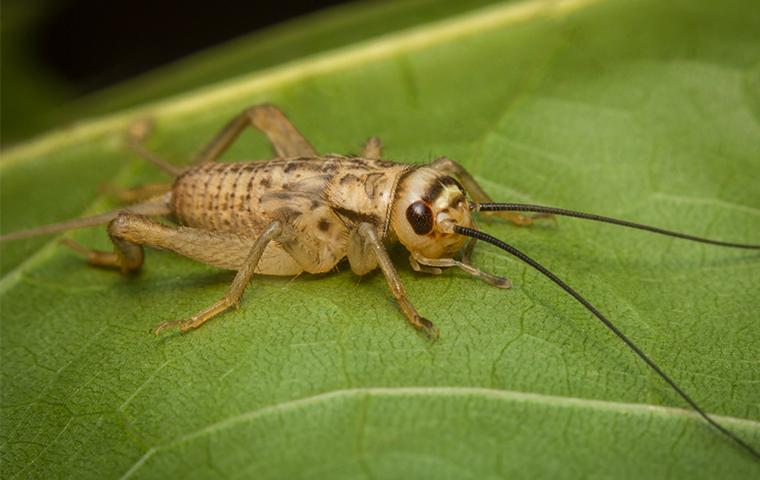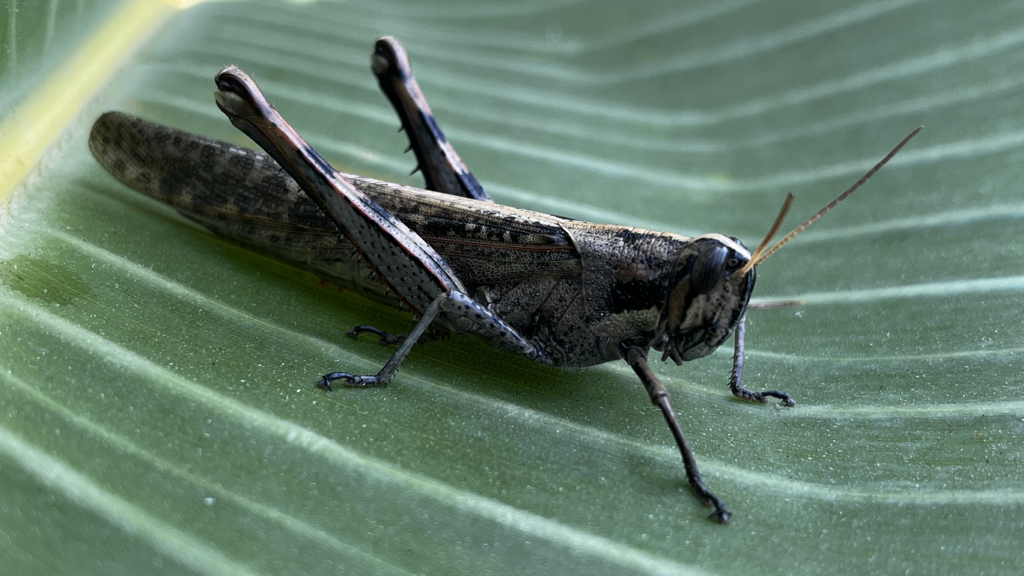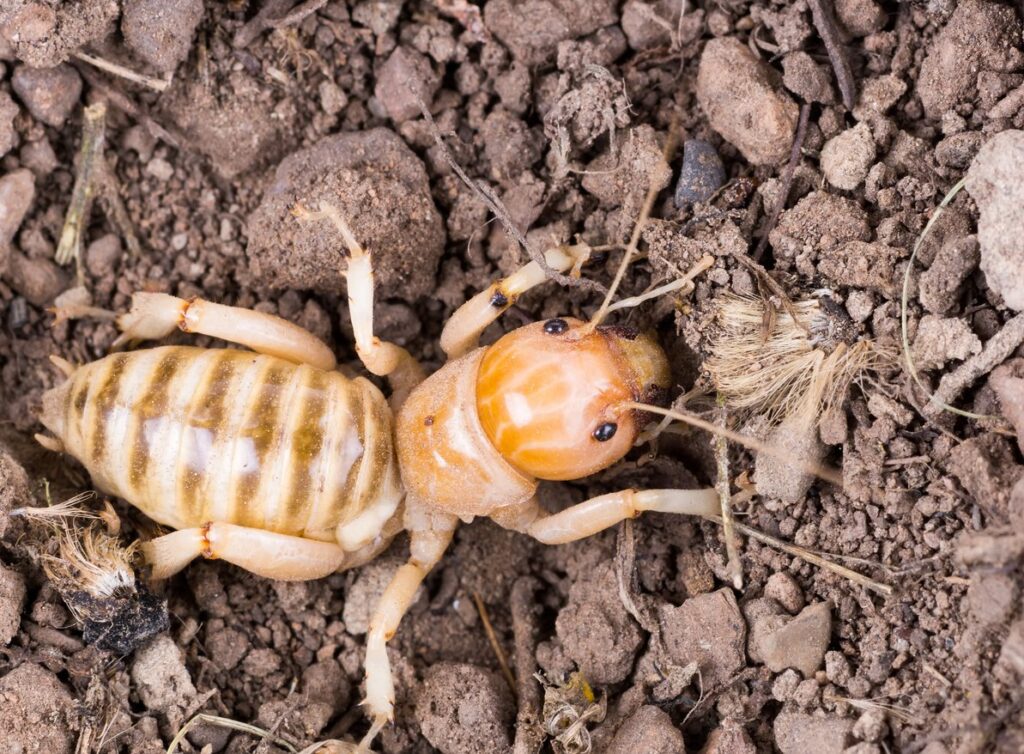

Crickets may seem harmless, but their constant chirping and ability to damage fabrics, plants, and stored goods can make them a nuisance. At Southland Pest Control, we offer professional cricket control services to eliminate infestations from homes and businesses. Our experts conduct thorough inspections to locate breeding grounds and entry points, then apply targeted treatments such as residual insecticides, baiting, and exclusion methods to eliminate crickets effectively. Whether they are hiding in basements, garages, or outdoor areas, our solutions ensure long-term relief from cricket infestations.
Preventing crickets from invading your property starts with minimizing their access to food, shelter, and moisture. Seal cracks and gaps around windows, doors, and foundations to prevent entry. Keep outdoor lighting to a minimum, as crickets are attracted to bright lights at night. Reduce clutter in basements, garages, and storage areas where crickets can hide. Additionally, maintaining a well-manicured lawn and trimming vegetation away from your home helps eliminate potential breeding grounds. For added protection, Southland Pest Control offers monthly, bi-monthly, and quarterly pest control services to keep your property cricket-free year-round.

Technicians at Southland Pest Control are highly trained and state-licensed, ensuring they have the expertise to handle any cricket infestation effectively. Continuous education and training keep them updated on the latest pest control methods.
After the initial cricket treatment, we offer follow-up services to monitor the effectiveness of the treatment and address any recurring issues. Regular check-ups ensure a long-term solution to cricket problems.
Experience Top-Quality Pest Control & Prevention – Safe, Effective, and Long-Lasting!
Keep your home pest-free with Southland Pest Control’s reliable and customized solutions for all types of unwanted intruders.
Protect your property from costly termite damage with Southland Pest Control’s advanced detection and treatment solutions
Say goodbye to rats, mice gophers and squirrels with Southland Pest Control’s expert rodent removal and prevention services.
Protect your home and family from the nuisance and health risks of mosquitoes with Southland Pest Control's effective and eco-friendly mosquito control solutions

Riverside, California, is home to several cricket species that can become nuisances to residents. Here are three common type
House crickets are light brown with three dark bands on their heads and measure about 3/4 to 7/8 inches in length. They are known for their loud, persistent chirping, especially during the night. Attracted to warmth and light, house crickets often enter homes and can damage fabrics, paper, and plants. They are commonly found in kitchens, basements, and areas with moisture.
Field crickets are typically black or dark brown and range from 1/2 to 1 inch in length. They prefer outdoor environments like fields and lawns but may enter homes seeking shelter. Field crickets are known for their loud chirping and can cause damage to crops and garden plants. They are attracted to light and may gather around well-lit areas during the evening.


Despite their name, Jerusalem crickets are not true crickets and are native to the western United States. They have large, human-like heads and can grow up to 2 inches in length. Jerusalem crickets are wingless, have a shiny brown body, and are primarily nocturnal. They are found in moist soil under rocks or logs and are known for their strong mandibles, which can deliver a painful bite if handled.
Understanding these common cricket species can help in identifying and managing potential infestations in and around Riverside homes.
Dealing with a cricket infestation starts with identifying their hiding spots and food sources. Crickets are attracted to warm, moist environments and often enter homes through small gaps and cracks. To eliminate them, start by sealing all entry points, including gaps around windows, doors, and vents. Using sticky traps and bait stations can help capture crickets indoors, while targeted insecticide treatments can be applied to areas where they are most active. Southland Pest Control provides expert inspections and customized treatment plans to ensure complete cricket removal.
The best way to deal with crickets is to prevent them from entering your home in the first place. Reducing outdoor lighting at night can help since crickets are drawn to bright lights. Keeping your yard well-maintained by trimming grass, removing debris, and clearing piles of wood or leaves reduces their hiding spots. Additionally, reducing excess moisture around your property by fixing leaky pipes and ensuring proper drainage makes your home less attractive to crickets. Regular pest control treatments create a protective barrier to keep crickets out.
For ongoing protection, Southland Pest Control offers monthly, bi-monthly, and quarterly cricket control services to keep your home or business pest-free year-round. Our treatments target both indoor and outdoor cricket populations, preventing future infestations. We use eco-friendly solutions that are safe for your family and pets while ensuring effective pest control. If you’re struggling with persistent cricket problems, our experienced team is ready to help with reliable and long-term cricket management solutions.
While crickets may seem harmless, their presence can lead to significant damage in homes and businesses. Indoors, crickets are known to chew on fabrics, upholstery, paper, and even wallpaper, causing costly damage to personal belongings. Their droppings can also stain surfaces and contribute to unsanitary conditions. Outdoors, crickets can wreak havoc on gardens, feeding on plants, grass, and seedlings, potentially damaging landscaping and crops. Additionally, their persistent chirping can be a major nuisance, especially when they invade living spaces in large numbers.
At Southland Pest Control, our licensed technicians provide thorough inspections to assess cricket damage and implement customized treatment plans to eliminate infestations. Our services go beyond just removing the crickets—we also help prevent future problems by sealing entry points, recommending structural improvements, and using environmentally friendly products. With professional pest control, you can avoid costly repairs and maintain a pest-free environment year-round.
Cricket infestations are not just a one-time problem; they require whole-season control to ensure complete elimination. Different cricket species thrive in various weather conditions, making it crucial to have a year-round pest control plan. At Southland Pest Control, we offer monthly, bi-monthly, and quarterly services to provide continuous protection against crickets. Our follow-up treatments ensure that any remaining crickets are eradicated and that new infestations do not develop.
For urgent infestations, we provide emergency services to address severe cricket problems quickly and effectively. Our licensed technicians use cutting-edge treatments, including perimeter barriers, targeted baiting, and moisture control, to keep your home or business cricket-free. By choosing a recurring service plan, you can enjoy long-term peace of mind, knowing your property is protected from cricket damage throughout the year.
Our team is fully trained and licensed to secure your home from invasive crickets like House, Field and Jerusalem crickets.
We make pest control simple, effective, and hassle-free.
Here’s what you can expect when working with Southland Pest Control:
Our expert technicians thoroughly inspect your property to identify pest activity, entry points, and risk factors.
We use industry-leading, family- and pet-safe treatments to eliminate pests without harming the environment.
We offer follow-up services, preventative treatments, and expert advice to keep pests from coming back.
We develop a targeted solution based on the type of infestation, property layout, and your specific needs.
Our team applies treatments strategically for maximum effectiveness, ensuring long-lasting protection.
Your peace of mind is our priority! We stand behind our services with warranties and customer support.

Copyright © 2025 Southland Pest Control. All rights reserved.
Pest Control Marketing by Streamline Results